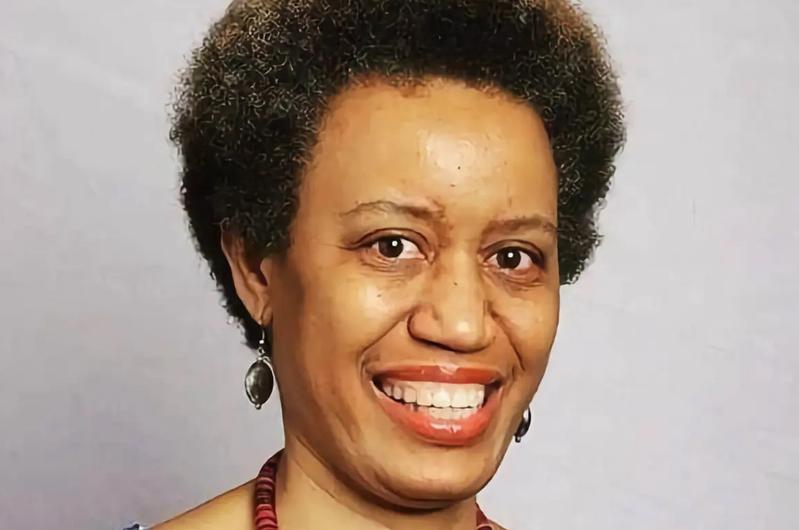The Facts
Atim Annette Oton is the Nigerian-born, US/UK-educated designer turned curator of Calabar Gallery. The New York-based gallery, named after the southeastern Nigerian city where she spent her formative years, showcases the work of African and African diaspora artists globally. It has a mission to provide a place for community, exhibition, creative initiatives and projects.
Know More
💡How do you feel about the state of African art right now? African art is at the main stage globally: in galleries, art fairs, auctions, curators, biennales, museums, artists doing residencies, and in collections. It is now somewhat normal to see a list of exhibitions with African artists included. It’s now a staple of the industry. In auctions, we see higher auction prices and a move from figurative to abstract work. 2021 was a high note, although there was a drop in sales last year which is continuing into 2024. But it will soon bounce back.

💡 London has long been seen as a hub for African art on the global stage, where does New York fit in with the ecosystem? In the last 10 years, New York has become an important US hub, probably the largest here. It is more integrated with African-focused galleries and others showing African artists. From 1-54, Frieze, and the Armory, you see more African art at the art fairs in New York.
💡 How has the global African art sector changed in the years you’ve been a part of it? The price of art is higher, there’s been an increase in the number of artists doing it to earn a living; and there are more African art galleries and institutions on the continent and across the globe.
💡 What trends should we be watching with African collectors? African collectors are collecting work by emerging artists from beyond their country’s borders, helping to build institutions in their home countries and selling more established African artists’ work at auction houses.
💡 Which African cities should be paying attention to that are having a quiet influence on the African art sector? Abidjan, Kigali, and Tunis.
💡 Is there a good example of how a wider variety of African art can be made more accessible? I think Addis Art Gallery has changed the game for Ethiopian artists, in particular, because the country is not as accessible. Running a gallery in Ethiopia and London was smart, strategic, and vital to the ecosystem, and additionally doing particular art fairs. And the combination of both emerging and mid-career continental and diasporan Ethiopian artists is key.
💡 If you’re having Semafor Africa over for dinner, which home dishes would you entertain us with? Though I lived in Calabar, I am Ibibio, so it is always afang soup, garri and some appetizers like fried plantains.


